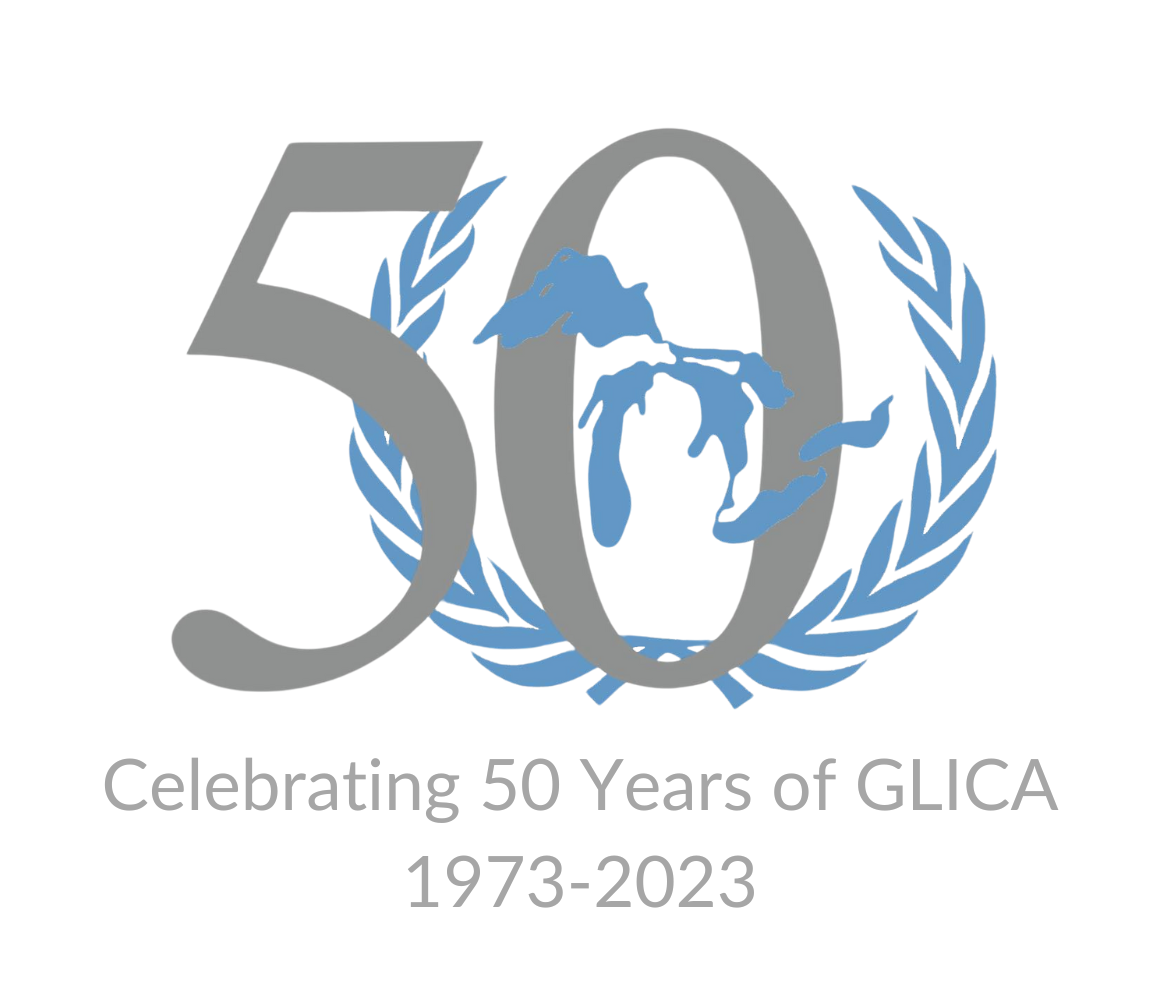United Nations Environmental Program
Access to Water
Kingdom Of Cambodia
Aastha Patel
Forest Hills Eastern High School
Access to clean, fresh water remains a barrier for many countries around the world, in need of clean water connections in their homes. 1.1 billion people around the world lack access to clean, non-contaminated water. Inadequate sanitation is an immense problem for 2.4 billion people around the world. They are exposed to diseases such as cholera, typhoid fever, and other water-borne diseases. Two million people, mostly children, die each year from diarrheal diseases alone. Numerous water sources are drying up or becoming too polluted to us as a resource. Over half the world’s wetlands have disappeared. The majority of the clean water is consumed by the people who work in the agricultural industry. The organization, ‘Water for Life’ International Decade for Action, helped around 1.3 billion people in developing countries, gain access to safe drinking water.
Cambodia passionately cares about access to fresh water because the identical problem is occurring in our country. Approximately three million people in the Kingdom of Cambodia do not have access to clean, safe water. This problem mainly occurs within poor families living in rural areas because the government has made the rural water supply a lesser priority than other development areas. The lack of access to clean water leaves Cambodian children vulnerable to diseases such as diarrhea, which is the second leading cause of death among children under the age of five. Of the 15.6 million people in the country, more than two million are still using dirty, surface water for drinking, leading to major deaths. Improving the quality of rural water would help accelerate Cambodia’s social and economic development. Cambodia does not have a lack of water because it’s tropical climate brings alternating seasons of shortage and surplus of water but, not safe water because the water we receive is contaminated with insects. The rivers of Cambodia have been contaminated with Arsenic, which is a type of toxic. To tackle this issue, the ministry of industry, mines, and energy approved Cambodian drinking water quality standards in 2004. The Cambodian government also took a shift toward building new dams on the Mekong river because the river downstream from China and Thailand and in the dry season the two countries keep the water in their reservoir. Due to that action, we don’t receive enough clean water. In order to preserve some water, a dam is needed. Cambodia needs assistance with purifying water and making a dam to keep some water in our own reservoir.
The Kingdom of Cambodia supports the International Decade for Action, ‘Water for Sustainable Development, regarding accelerating efforts towards meeting water-related challenges, such as limited access to safe water and sanitation. Cambodia would also like to find a way to solve the problem of dirty water. Cambodia proposes the United Nations to improve water, sanitation and hygiene for young children and the communities, who are extremely poor, geographically or socially diminished, and live in areas vulnerable to environmental risks, like flooding or drought. This can be addressed United Nations needs to raise public awareness about trying to drink as less as possible of contaminated water. We need to find a solution to help clean water by finding a way to purify water to make it safe to drink. Countries should dig wells to find clean water, build dams, and use water filters.
- Aastha Patel


